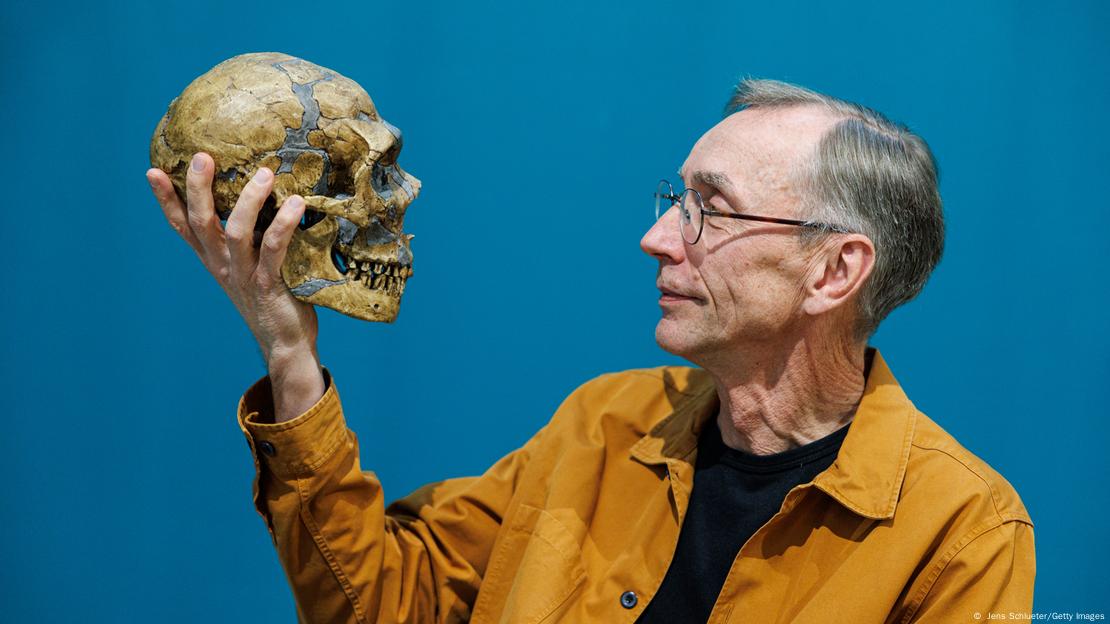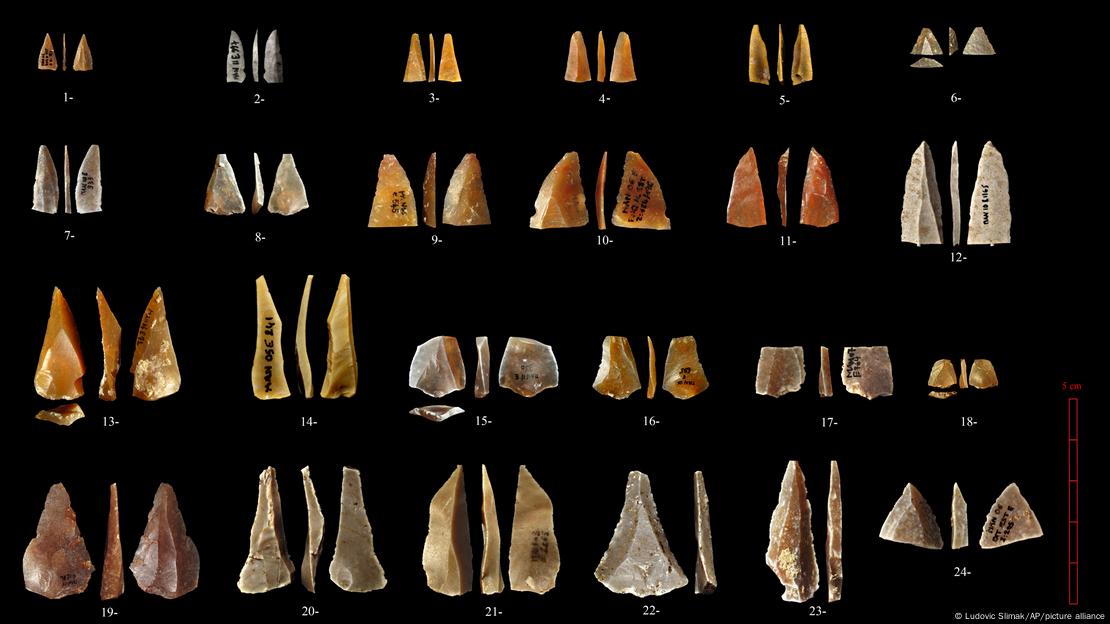The Small Cave Life of a Neanderthal Community

Genetics studies show there’s a little bit of our ancestors inside all of us. If you’re from Eurasia, America or North Africa, it’s possible that up to 4% of your DNA is of Neanderthal ancestry.
DNA can only be transferred between people through mating, meaning Neanderthal DNA was passed to us after interbreeding between Neanderthals and modern humans during the ice age. After all, there was probably a lot of downtime in caves during the cold nights.
In a new paperpublished on October 19 in science journal Nature, researchers at the Max Planck Institute for Evolutionary Anthropology — including 2022 Nobel Prize winner Svante Pääbo — conducted one of the largest genetic studies of a Neanderthal population yet.
The results help explain social structures in a Siberian Neanderthal community. Researchers have been excavating the remains required to conduct the genetic analysis, like Neanderthal bones and teeth, for over a decade.
"We were able to extract and sequence genetic material from 17 different Neanderthal remains — more than ever before in a single study," authors said in a press statement.
The first Neanderthal genome was sequenced just a little over a decade ago by Pääbo and other Max Planck researchers. This paper is a continuation of that work.
![]()

Image: Jens Schlueter/Getty Images
Life in caves
Neanderthals were a subspecies of archaic humans that split from modern humans sometime between 315,000 and 800,000 years ago. Experts believe they probably maintained a very small population, somewhere between 3,000 to 12,000 individuals who could bear children, before dying out 40,000 years ago.
The species' small population made it susceptible to decline from disease, low fertility rates and competition from animals. The cause of its extinction is still a mystery, but theories include climate change, disease and being outcompeted by modern humans.
In the study, scientists analyzed 54,0000-year-old Neanderthal specimen from the Chagrskaya caves, located in southern Siberia near the Altai mountains.
The 17 samples came from 13 individual Neanderthals — eight adults and five children or adolescents — who lived and died around the same time, researchers found. Many of the individuals were genetically related and the group included one father and daughter.
"The fact that they lived at the same time is very exciting to us because it means they may have belonged to the same social community. This is the first time we can use genetics to study the social organization of a Neanderthal group," said lead author Laurits Skov.
The caves were the group’s home base from where they roamed the land to gather raw materials and food. Hunting ibex, horses, bison and other animals in the river valleys of the region would have also provided meat and skins, the authors wrote.
![]()

Examples of tools made by NeanderthalsImage: Ludovic Slimak/AP/picture alliance
Migrating females linked Neanderthal communities
Data sequenced from the remains showed the community had very low genetic diversity, which scientists say makes sense given the population's small size.
It also suggests that the group was somewhat isolated from other Neanderthals, with little opportunity for breeding with other groups, the authors wrote. The community lived at a time when Neanderthals were being threatened with extinction, so opportunities to breed outside their clan were probably sparse.
For example, the study also found that individuals who lived at the Chagrskaya cave were not relatives of Neanderthals from the Denisovan cave, located less than 100 kilometers (62 miles) away. It is still unknown whether the separated communities had contact, according to the paper.
However, the researchers found that mitochondrial DNA (DNA passed from mother to child) was much greater than genetic diversity on the Y chromosome (DNA passed from father to son).
The authors believe this indicates females were more likely to leave their birth group and join other communities.
Who were the Neanderthals?
Compared to modern humans, Neanderthals had a more robust build and shorter limbs. Experts believe they were hardy and could conserve heat well in cold climates.
![]()

What a Neanderthal might look like in contemporary clothingImage: David Young/dpa/picture alliance
Archaeologists have shown that Neanderthals cared for their sick with medicines like painkillers and penicillin made from plants and fungi. Neanderthal bone carvings also suggest some level of creative pursuit.
Nevertheless, life was tough for Neanderthals. 79-94% of Neanderthal specimens examined by archaeologists show evidence of traumatic injury.
One study suggests that around 92 of the 124 Neanderthal specimens investigated (74%) had injuries from animal attacks.
Edited by: Clare Roth
Get the latest reports & analysis with people's perspective on Protests, movements & deep analytical videos, discussions of the current affairs in your Telegram app. Subscribe to NewsClick's Telegram channel & get Real-Time updates on stories, as they get published on our website.

















